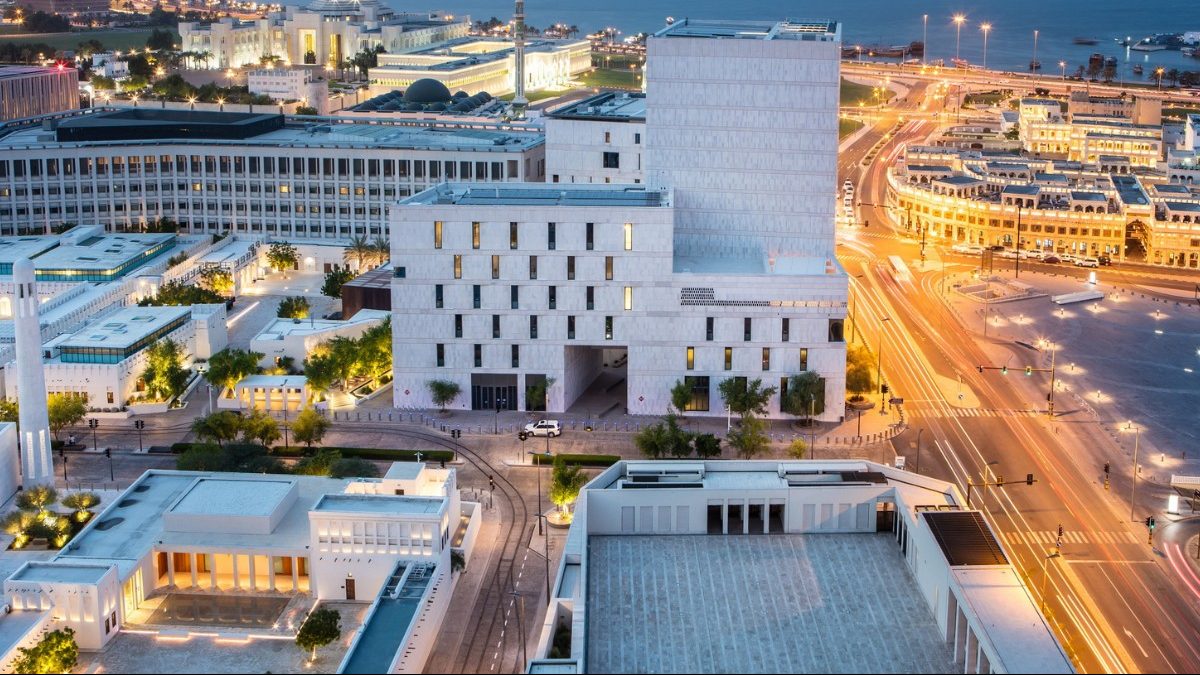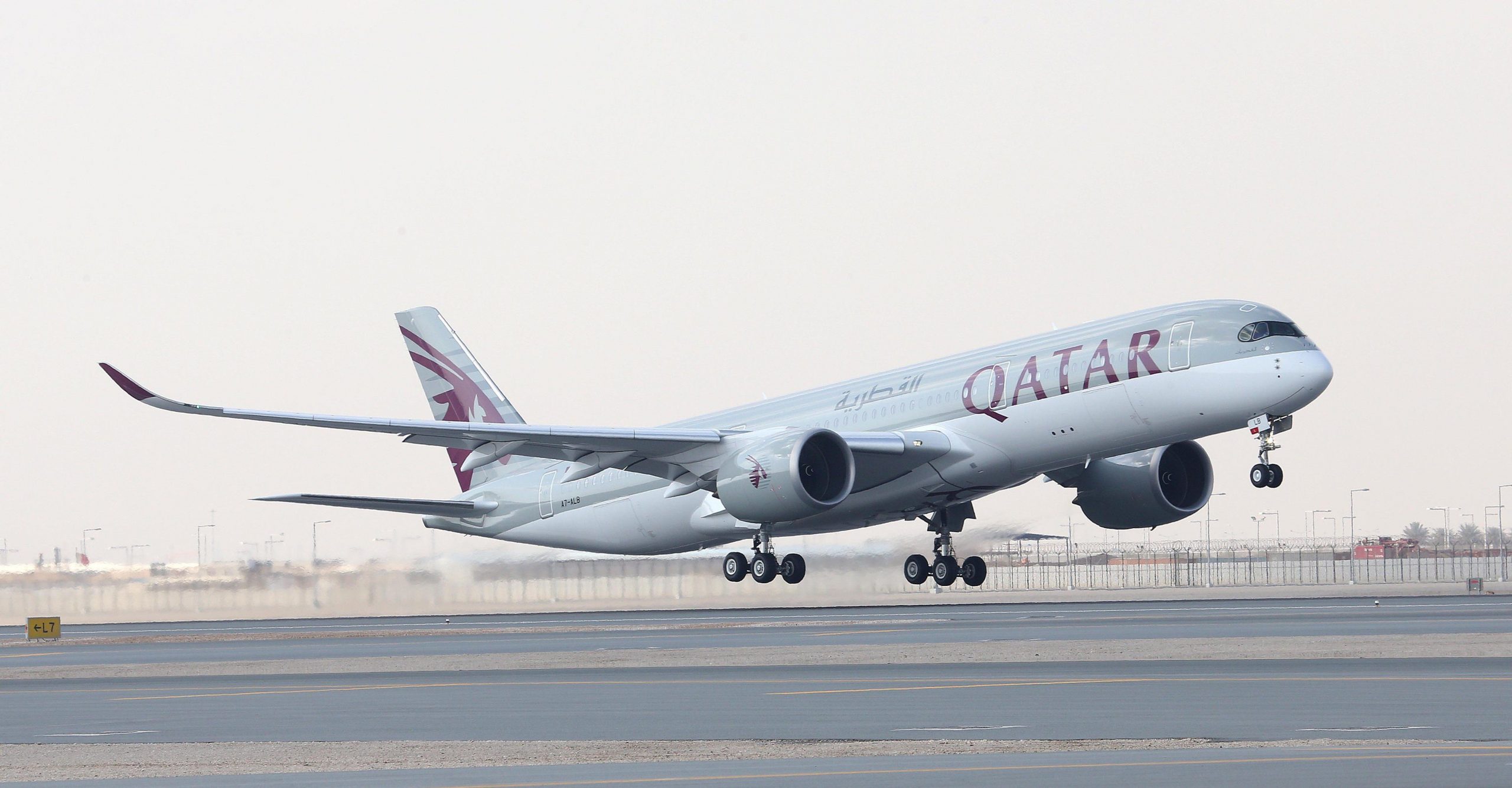Some 20 news hotels and hotel apartments are slated to open in Qatar this year, dramatically increasing the number of accommodation options in the country’s rapidly growing tourism sector, local officials say.

While no specific properties were mentioned, new hotels slated to open in Qatar this year include a Westin on Salwa Road as well as the Mondrian Doha in West Bay Lagoon. Meanwhile, the 317-room Melia Doha officially announced the opening of its property inside the Bin Samikh Tower in West Bay last week.
The Qatar Tourism Authority (QTA) says the new facilities will collectively add 4,000 new guest rooms to the country’s existing stock of nearly 16,000 rooms.
That’s an expected spike of roughly 25 percent, or more than three times the rate at which visitor numbers are increasing.
It’s also a fraction of the approximately 80 new hotels and hotel apartments expected to open in the next five years as the country expands its hospitality offerings in advance of the surge of visitors expected during the 2022 World Cup.
While some experts have predicted a glut of unfilled hotel rooms immediately before and after the football tournament, others are forecasting that the hospitality industry will remain healthy in the short term.
Colliers International, a commercial real estate services firm, recently predicted that local hotel operators would recording single-digit percentage increases in revenue per room in 2015, with occupancy rates for Doha hotels hovering between 71 and 84 percent in 2015.
That would be an improvement on the sector’s performance in 2014, when occupancy rates averaged 71 percent, up from 61 percent a year earlier, according to QTA.
Visitors up 8.2%
 Helping to fill those hotel rooms is a surge in the number of visitors from Asia. QTA statistics show a 20-percent increase in tourists from that region to 782,904 visitors.
Helping to fill those hotel rooms is a surge in the number of visitors from Asia. QTA statistics show a 20-percent increase in tourists from that region to 782,904 visitors.
That’s the second-largest geographic segment, behind Qatar’s neighboring Gulf countries. Visitors from elsewhere in the GCC increased 3 percent in 2014 to 1.12 million.
Overall visitors were up 8.2 percent to 2.83 million. That’s nearly double the number of tourists Qatar received in 2009, according to revised figures published by QTA that added more categories of visa holders to its visitor counts.
QTA launched an ambitious tourism strategy last year that included a goal of attracting between 6.7 million and 7.4 million tourists annually by 2030 by making Qatar a more attractive destination.
 It call for focusing promotional and funding efforts on tourism products and services on several key areas including sports, education, authentic Qatari and Arab cultural experiences as well as the country’s “sun and beach” assets, among others.
It call for focusing promotional and funding efforts on tourism products and services on several key areas including sports, education, authentic Qatari and Arab cultural experiences as well as the country’s “sun and beach” assets, among others.
In doing so, local authorities appear to be carving out a niche in the region that avoids competing head-to-head with other destinations such as Dubai, Bahrain and Oman.
In a recent interview with travel news and marketing platform Skift, QTA chairperson Issa bin Mohammed Al Mohannadi said Qatar’s local culture is one of its top tourism assets:
“Qatar is not about building high-rise buildings or competing with a focus on adventure tourism. Rather, we are providing a very authentic type of tourism. The museums, Souq Waqif, Katara, our castles, our heritages, the sand dunes and nature – they all give authentic experience to our visitors. It’s not about building a modern building or focusing on an urban development as an attraction, but rather to really offer an authentic experience to our visitors.
…
We believe that with Qatar being a small country that visitors can interact with the locals. This is very important factor for us, because we believe that we have a very hospitable population.”
According to recently released data by the United Nations’ World Tourism Organization, Qatar’s 2.61 million tourists in 2013 ranked in the middle of the GCC in terms of attracting tourists, behind Saudi Arabia (13.38 million) – which is home to many important religious sites – and Dubai (9.99 million), but ahead of Oman (1.55 million), Bahrain (1.07 million) and Kuwait (307,000).
Crunching other data in the same UN stats, it appears Qatar leads the way in encouraging its tourists to open their wallets while visiting.
The average spend per visitor to Qatar was US$1,324 – the highest among GCC countries.
Thoughts?








